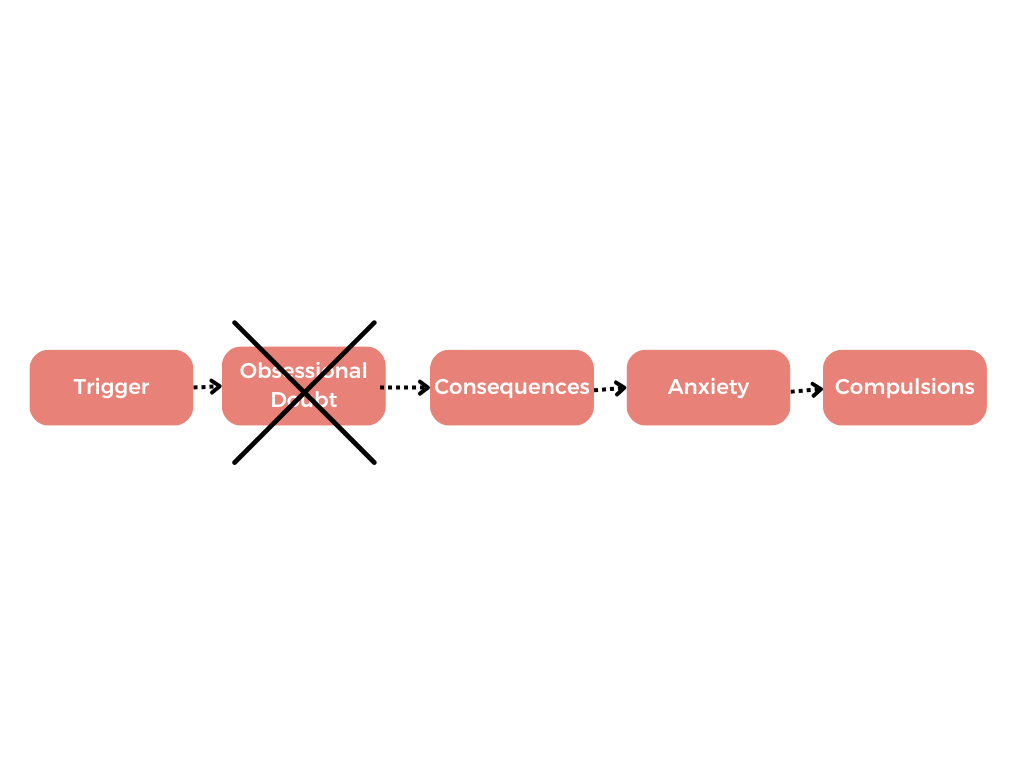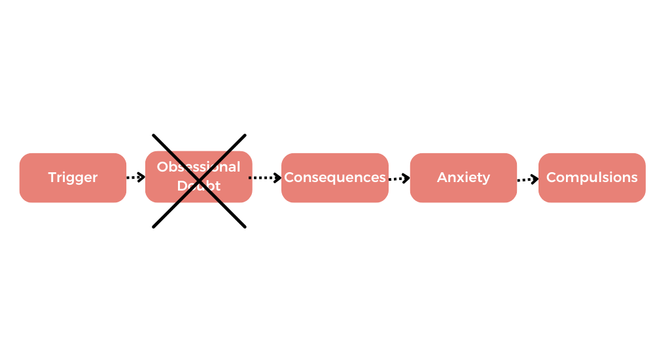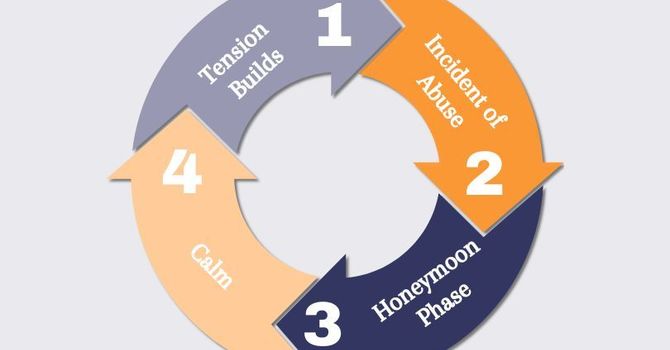
Obsessive-compulsive disorder (OCD) is characterized by persistent, intrusive thoughts (obsessions) that lead to repetitive behaviors or mental acts (compulsions) aimed at reducing anxiety. While traditional cognitive-behavioral therapy (CBT) has been a mainstay in treating OCD, a newer approach called Inference-Based Cognitive Behavioural Therapy (I-CBT) is gaining recognition for its effectiveness in addressing the root causes of obsessive thoughts and compulsive behaviors.
Understanding OCD: The Role of Faulty Inferences
To grasp the significance of I-CBT, it’s important to first understand the nature of OCD. Individuals with OCD often experience distressing thoughts that seem to come out of nowhere. These thoughts can be about anything—contamination, harm, symmetry, or taboo topics—and they often feel uncontrollable. In response to these obsessions, people with OCD engage in compulsions to alleviate their anxiety, even though they often recognize that their fears are irrational.
Traditional CBT for OCD focuses on challenging and changing the content of these thoughts and reducing compulsive behaviors through exposure and response prevention (ERP), therefore, it is known as a downstream approach.
I-CBT targets the cognitive process that leads to the formation of obsessive thoughts, specifically focusing on the concept of faulty inferences, therefore, it is an upstream approach. A faulty inference is when someone jumps to a conclusion based on little or no evidence.
What is Inference-Based Cognitive Behavioural Therapy?
Inference-Based Cognitive Behavioural Therapy (I-CBT) is an innovative approach that aims to correct the faulty reasoning that underlies OCD. Instead of simply trying to change the content of obsessive thoughts, I-CBT seeks to address how these thoughts are formed in the first place. It’s based on the idea that many obsessive thoughts are not based on reality but on incorrect inferences drawn from assumptions rather than facts.
How I-CBT Works in Treating OCD
1. Identifying Faulty Inferences: The first step in I-CBT is to help the individual identify when they are making a faulty inference. This involves becoming aware of moments when they jump to conclusions without sufficient evidence, often based on their imagination rather than reality.
2. Understanding the Role of Doubt: OCD is often driven by doubt—"What if this happens?" I-CBT addresses this by helping individuals see how their doubt is not based on actual evidence but on imagined scenarios.
3. Challenging the Inference: Once a faulty inference is identified, the therapist works with the individual to challenge it. This might involve asking questions like, "What evidence do you have that this thought is true?" or "Is this a realistic concern?"
4. Strengthening Reality-Based Thinking: Over time, I-CBT helps individuals shift from focusing on their imagined fears to what is actually happening in reality. Individuals learn to trust their senses more in these situations. This reduces the power of obsessive thoughts and the need to engage in compulsive behaviors.
5. Practicing New Patterns of Thinking: Like traditional CBT, I-CBT involves practice. Individuals are encouraged to apply their new understanding to different situations, gradually reducing their OCD symptoms.
In total there are 12 modules in the I-CBT treatment approach. On average it takes about 1 session to cover each module so, on average, it will take about 12 sessions to teach you this approach.
Conclusion
By focusing on the faulty inferences that lead to obsessive thoughts and compulsive behaviors, I-CBT offers a fresh perspective and a powerful tool for those struggling with this condition. It can also be helpful for those that have tried ERP and find they are still struggling with compulsions or those that do not feel ERP or other types of OCD treatments are a good fit for them.
Please go to the book now button on the website and schedule a 15-minute consultation to talk more about I-CBT and see if it would be a good treatment option for you.





